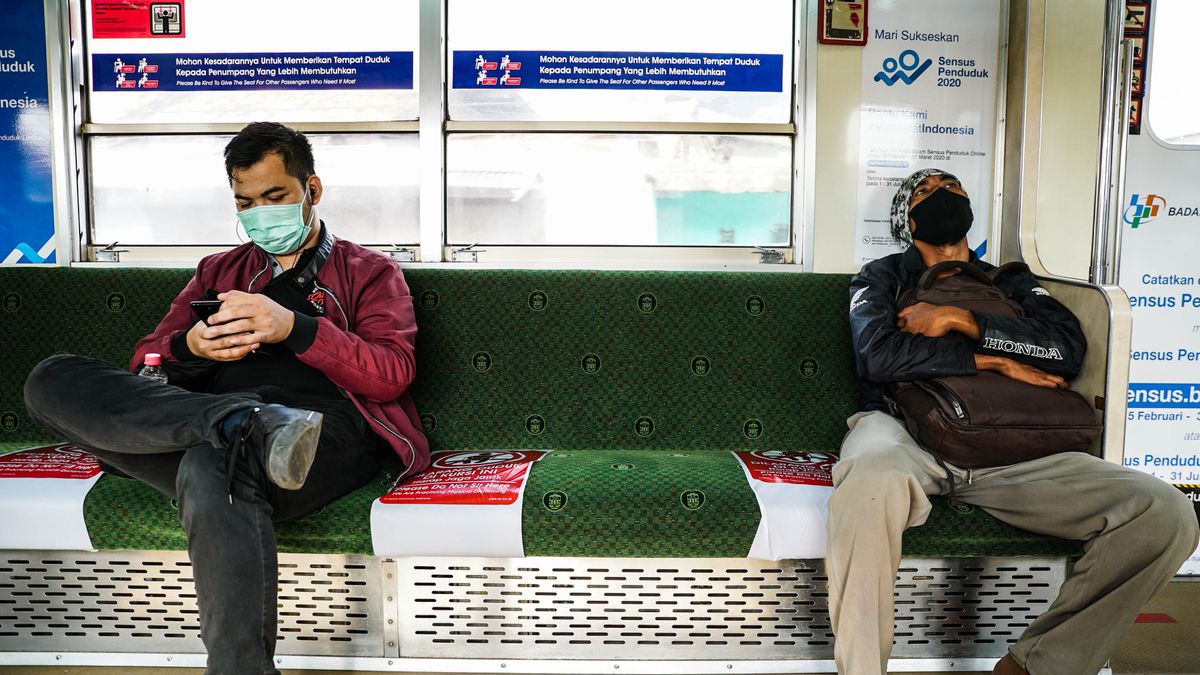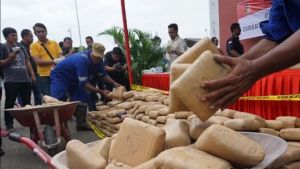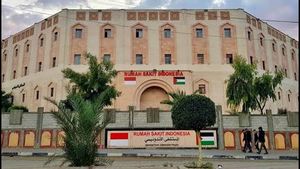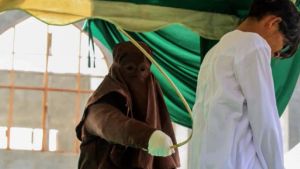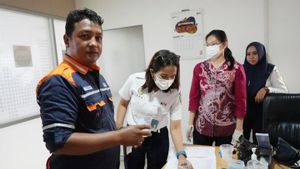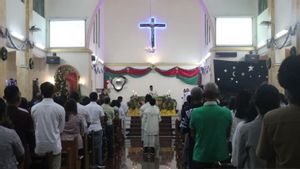JAKARTA - Citizen activities are gradually returning to normal because a number of regions have implemented a new normal period in the midst of the COVID-19 pandemic and the transitional PSBB. Public transportation modes, especially in the Jabodetabek area such as KRL and Transjakarta, continue to improve their facilities to avoid passenger buildup.
Based on data held by PT Kereta Commuter Indonesia, the volume of KRL users has increased during the transitional PSBB period and has gradually normalized as before the COVID-19 pandemic.
Moreover, on a regular basis, Monday is the peak for residents to start their activities. The largest volume of KRL users usually occurs every Monday. On Monday, June 8, the number of KRL users was recorded at 300,029. Then on June 15, the number of KRL users reached 342,436. As of Monday 22 June, the number reached 356,215.
"PT KCI predicts the number of users will increase on Monday, and users will need a longer time to follow the queue for user isolation to get to the station platform," said VP Corporate Communications of PT KCI Anne Purba to reporters, Sunday, June 28.
Therefore, starting today, PT KCI is piloting the information system on queues at Bogor Station. The form of information is the zone or starting point of the queue at Bogor Station which is updated during the morning rush hour via the main page on the KRL Acccess application, Twitter, and Instagram @commuterline.
Anne hopes that KRL users are expected to be able to follow this information before heading to the station. So, they can decide the time of departure or choose whether to use KRL or other modes of transportation.
"With the information about queues, users are expected to be able to rearrange their travel times amidst the increasing trend in the number of KRL users," he said.
Furthermore, the queuing information at Bogor Station is an early stage and will be equipped with other stations which in the morning become the departure point for KRL users.
This is because queuing conditions at Bogor Station can also be an indicator of queuing conditions at other stations, especially Cilebut to Citayam Stations.
Meanwhile, in the Transjakarta bus transportation mode, PT Transportation Jakarta no longer provides bus services specifically to help medical officers (TRS) carry out their daily duties.
This is because the bus, which has been devoted to medical personnel since April, will be rested today to be prepared to serve residents again. That way, the number of buses available to support residents' activities can return to normal, thereby reducing density.
The rest of the TRS service is carried out in stages to see the development of the situation and conditions in the future. For the initial stage, there are 4 TRS routes rested from the total number of Hospital Personnel route services.
"For hospital staff customers who use the TRS service on a daily basis, they can use other alternative modes of public transportation that have started operating," said Public Relations of PT Jakarta Transportation Nadia Diposanjoyo.
The four routes that were rested were TRS2 (Poris Plawad - Blok M), TRS6 (Bogor - Jatinegara RS Premiere), TRS7 (Bulak Kapal - Summarecon Bekasi - Blok M), and TRS8 (East Bekasi - Tebet Hospital - Setiabudi Puskesmas).
Meanwhile, until now, passenger capacity in one mode is still limited. Commuterline train (KRL) passenger capacity is limited to 40 percent, while Transjakarta is limited to 50 percent.
The English, Chinese, Japanese, Arabic, and French versions are automatically generated by the AI. So there may still be inaccuracies in translating, please always see Indonesian as our main language. (system supported by DigitalSiber.id)
